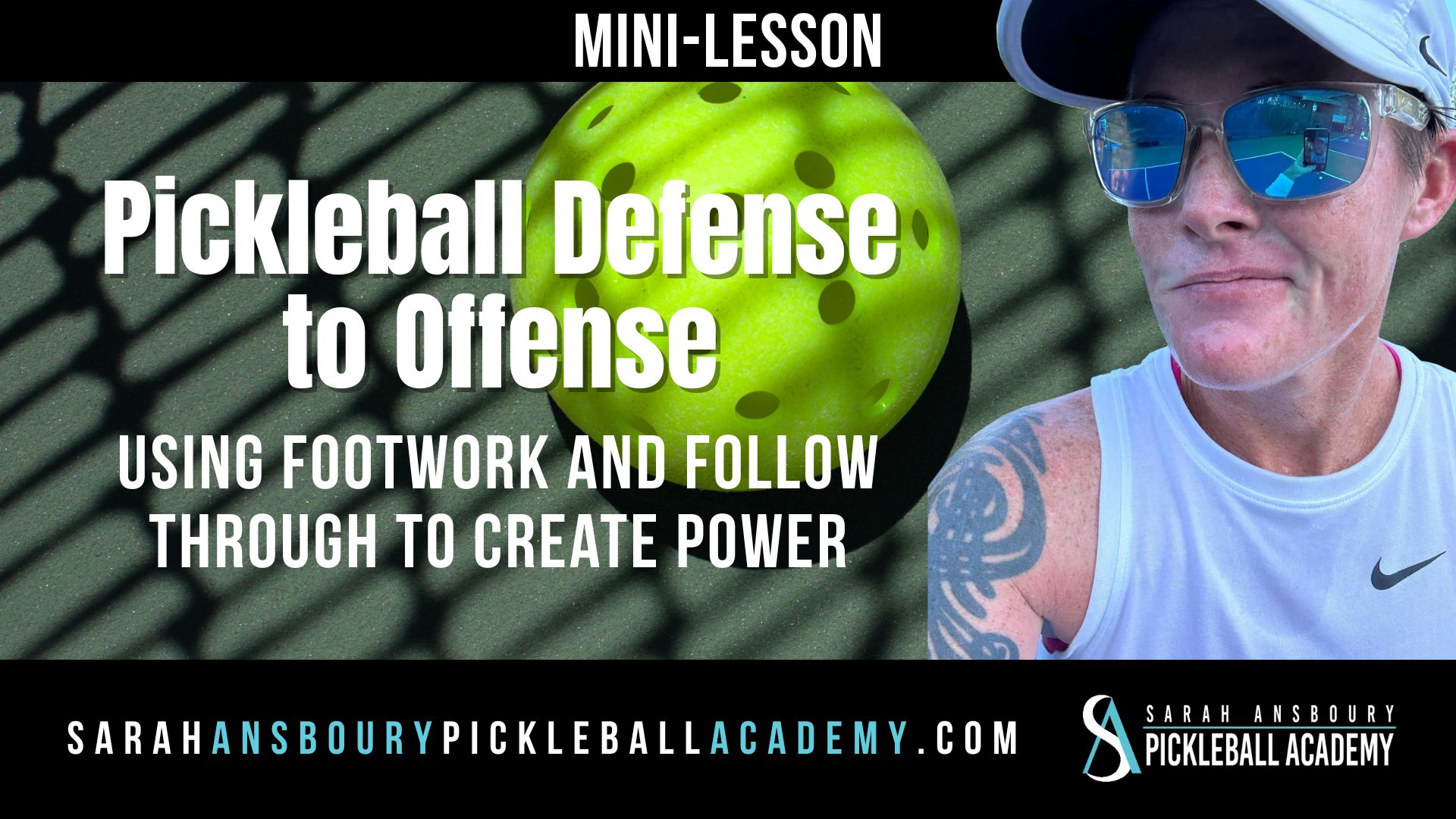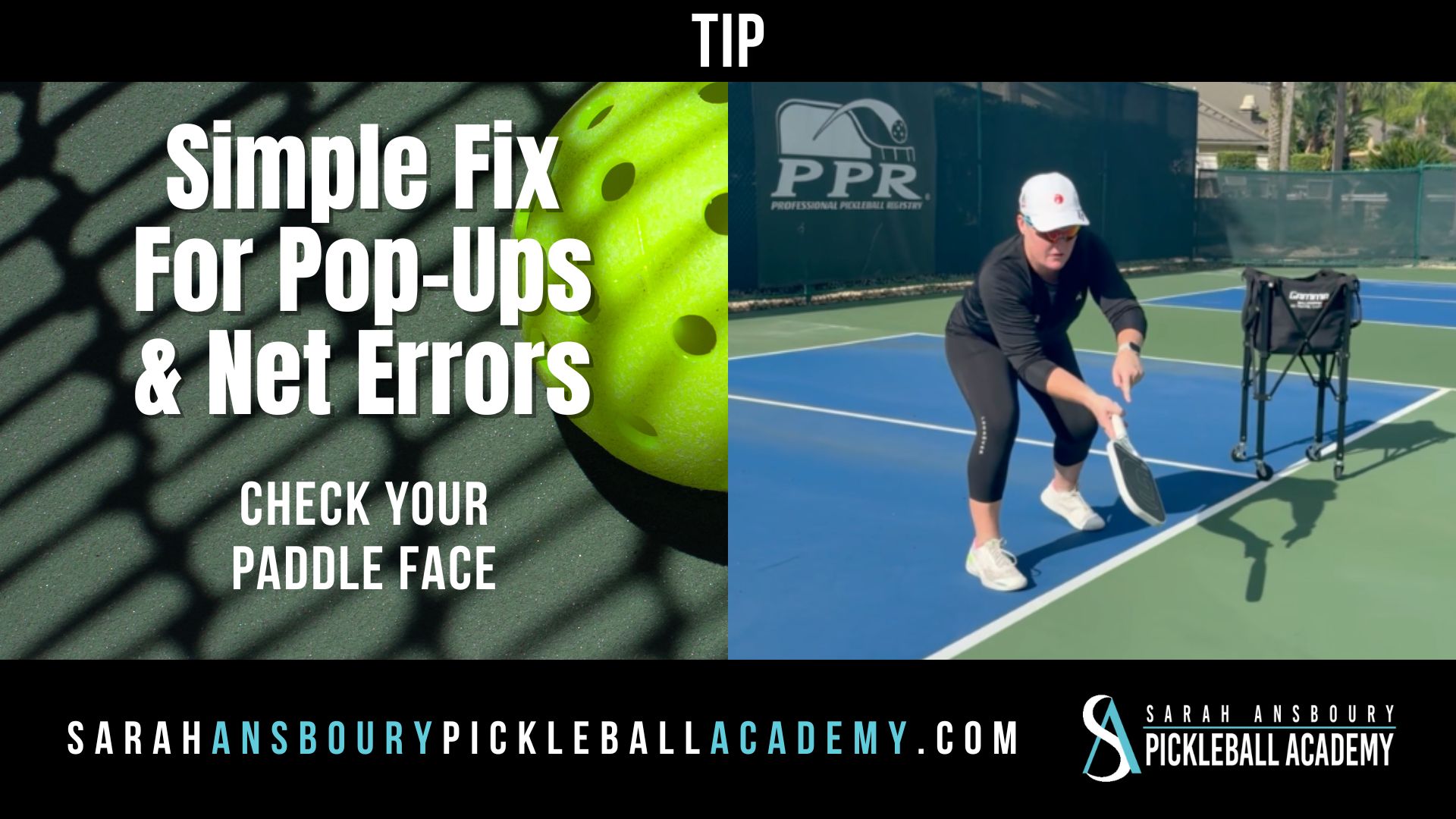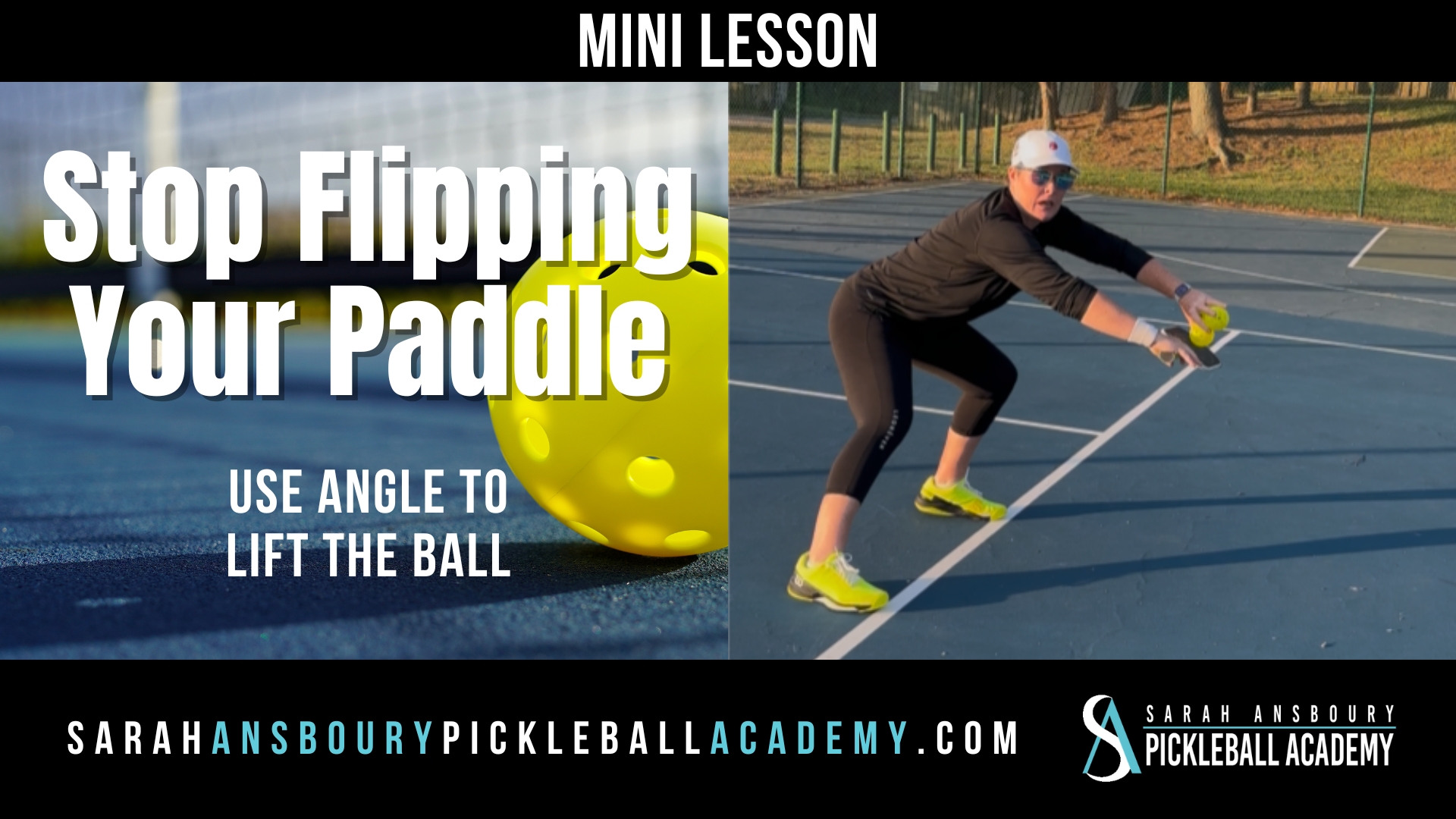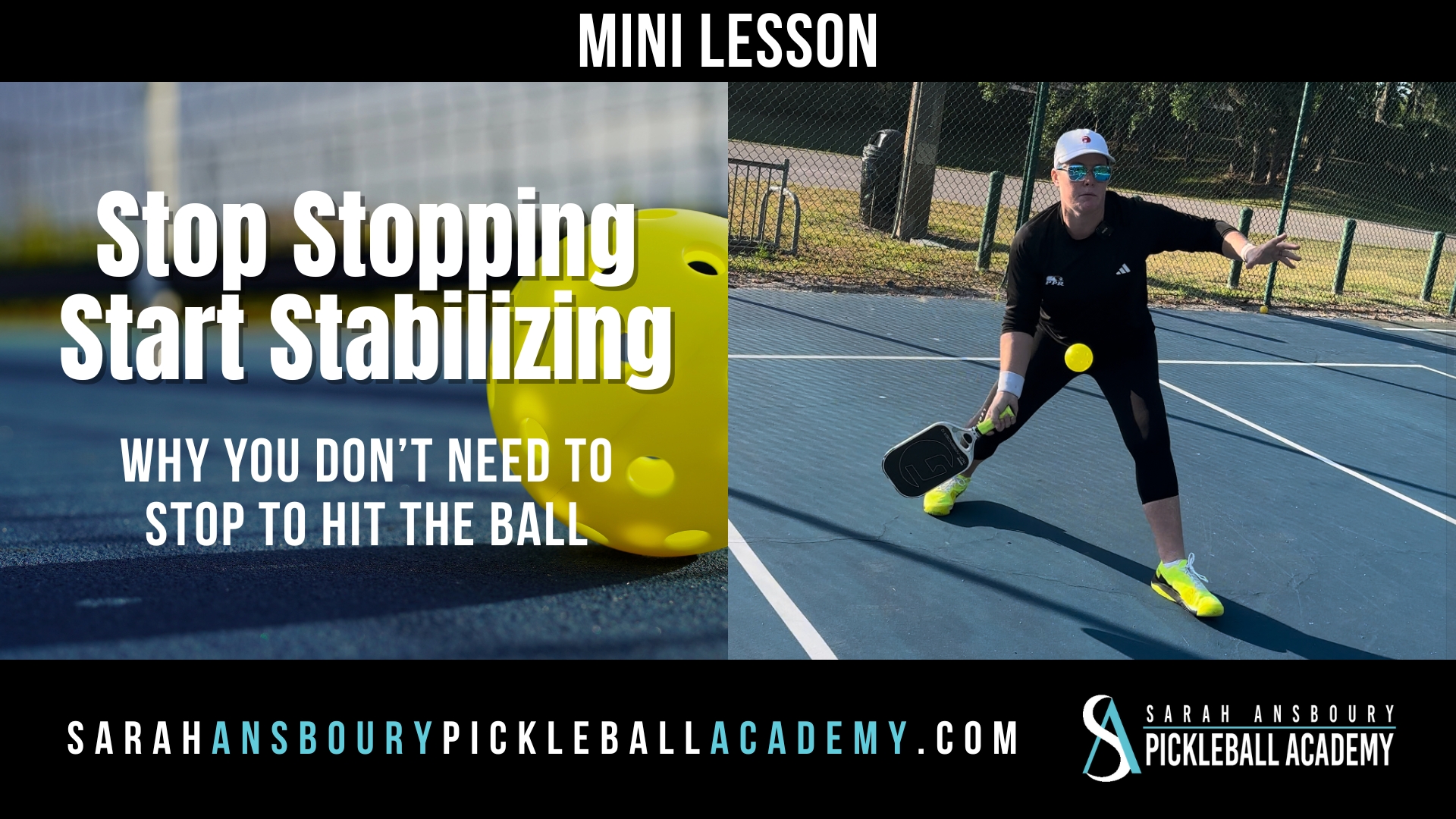Many of us become fixated on the materials that cover the face of the pickleball paddle. However; I think it is more important to understand how the face of paddle throughout the swing impacts our play.
What Is Your Pickleball Paddle Face Doing?
Face of the Pickleball Paddle Face
When connecting with the ball it is important to keep the face of your pickleball paddle in a consistent position. Your contact is what will lift the ball over the net. While your fingers on the grip will determine the direction of the ball, the swing should be initiated from your shoulder.
Too often, we overuse our wrist or elbow. We may start the face of the paddle in the correct position, but flick our wrist opening the paddle too much. If you are hitting the ball too high when dinking, watch the face of your pickleball paddle. Keep it moving at the same angle throughout the stroke.
Tip of the Pickleball Paddle Face
Whether it is a dink or a third shot drop shot, you want to lead with the tip of the paddle, keeping the paddle open and toward your target. Maintaining a consistent face angle will ensure a non-attackable lift over the net.
 Likewise, when we hit a high smash or overhead we need to keep the face of the pickleball paddle in a consistent position. There are not many things more frustrating than having an opportunity to put a high ball away and instead, hitting it into the net. One of the reasons this occurs is because the player closes the face of their paddle during the stroke. While some talented badminton players have the ability to time wrist snap perfectly, for the vast majority of pickleball players this is not necessary or advantageous. A well placed, effective put away shot does not require you to flick your wrist. Remember “less is more”.
Likewise, when we hit a high smash or overhead we need to keep the face of the pickleball paddle in a consistent position. There are not many things more frustrating than having an opportunity to put a high ball away and instead, hitting it into the net. One of the reasons this occurs is because the player closes the face of their paddle during the stroke. While some talented badminton players have the ability to time wrist snap perfectly, for the vast majority of pickleball players this is not necessary or advantageous. A well placed, effective put away shot does not require you to flick your wrist. Remember “less is more”.
Three Important Pickleball Paddle Face Points
Whenever we hit the ball, the face of the pickleball paddle must remain consistent throughout the swing:
- To achieve the optimal position, we must allow enough room between our bodies and the ball so we are not crowded.
- Our eyes should be on the ball as it makes contact with your paddle; and
- Finally, your paddle travels toward the target while maintaining the same angle of the face of your pickleball paddle.










